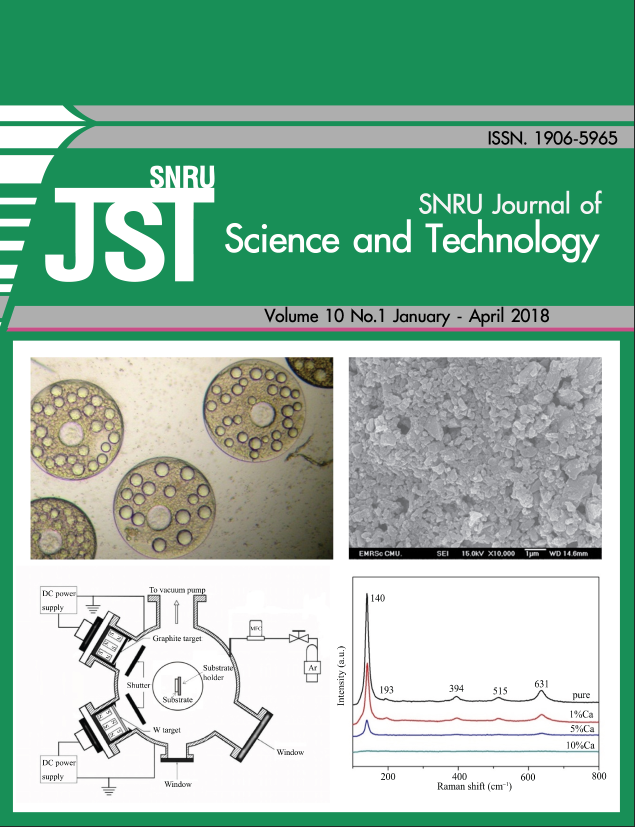Effects of thickness of the flow channel, melt temperature and mold temperature on the flow behavior of polypropylene/silicon carbide composites using injection molding simulation
Keywords:
Polymer composites, Flow channel thickness, Flow ability, Injection molding simulationAbstract
Computer-aided engineering tools for plastic injection molding have been used to resolve problems of material, part, and mold design. This work analyses the flow behaviour of polypropylene/silicon carbide composites simulated by the injection molding simulation software, Moldex3D, using the spiral flow mold. The spiral flow mold was initially modelled by CATIA, and then the part model was imported into the Moldex3D for the simulation of the injection molding process. The effect of injection parameters, such as thickness of the flow channel (i.e., 2, 3 and 4 mm), melt temperature (i.e., 190, 210 and 230 °C), and mold temperature (i.e., 40, 55 and 70 °C) on the process were investigated. The tested material is polypropylene filled with silicon carbide 15% by weight. The flow ability is expressed as the length of the characterization mold filled under a specified set of parameters. Results showed that the flow length of polymer composites increased with increasing thickness of the flow channel. The rate of change decreased with increasing thickness of the flow channel from 2 mm to 3 mm, and 3 mm to 4 mm, respectively. The flow length of polymer composites increased with increasing melt temperature from 190 °C to 210 °C , and mold temperature also exhibited improvement in flow ability. Furthermore, the effect of injection parameters on shrinkage of the parts of the samples was also investigated. Results indicate that the melt temperature had an influence on the shrinkage. Shrinkage of polymer composites increases with increased melt temperature, whereas thickness of flow channel and mold temperature had no significant effect on shrinkage.








